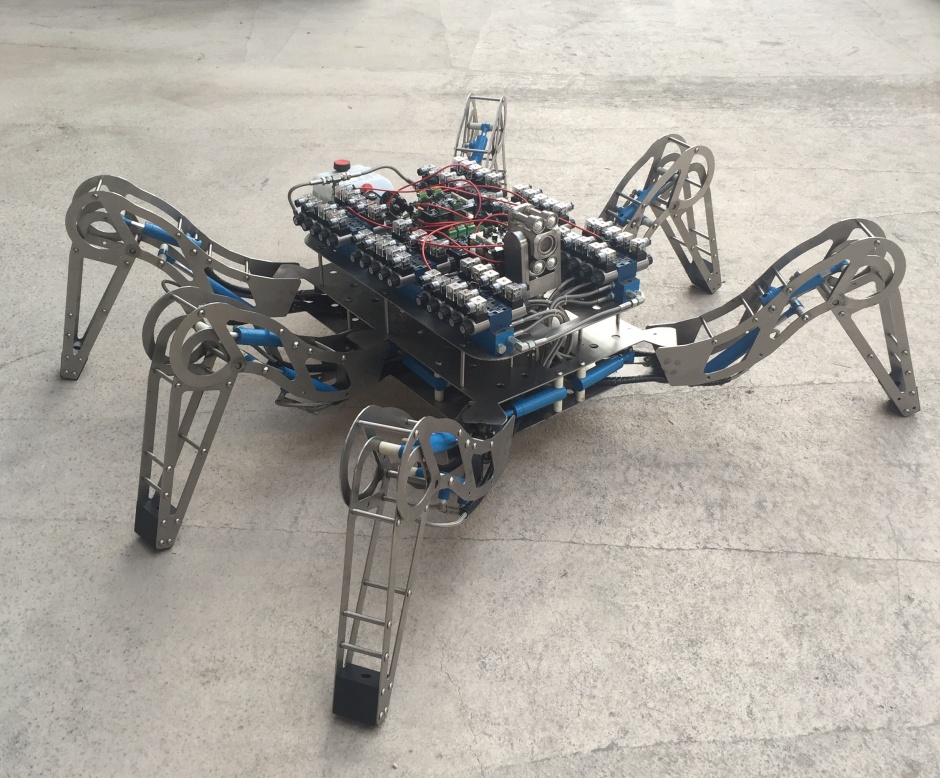UK team to develop autonomous robots for clearing nuclear waste
A team of engineers from across industry and academia has received £4.6m of EPSRC funding to develop robots for cleaning up the UK’s legacy of dangerous nuclear waste.
The cost of cleaning up the UK’s existing nuclear facilities has been estimated to be between £95 billion and £219 billion over the next 120 years or so. However, the harsh conditions within these facilities means that human access is highly restricted and much of the work will need to be completed by robots.
Whilst robotic systems have previously been used to deal with hazardous nuclear materials – most notably at Japan’s damaged Fukushima Daiichi plant – the technology does still have limitations, including the ability to perform relatively straightforward tasks such as turning valves, navigating staircases and moving over rough terrain.
The new group, which comprises the Universities of Manchester, Birmingham, and the West of England (UWE) along with Sellafield, EdF Energy, UKAEA and NuGen plans to develop robots with vastly improved performance: autonomous systems with advanced computing, sensing and mechanical abilities.

Register now to continue reading
Thanks for visiting The Engineer. You’ve now reached your monthly limit of news stories. Register for free to unlock unlimited access to all of our news coverage, as well as premium content including opinion, in-depth features and special reports.
Benefits of registering
-
In-depth insights and coverage of key emerging trends
-
Unrestricted access to special reports throughout the year
-
Daily technology news delivered straight to your inbox











Water Sector Talent Exodus Could Cripple The Sector
Maybe if things are essential for the running of a country and we want to pay a fair price we should be running these utilities on a not for profit...